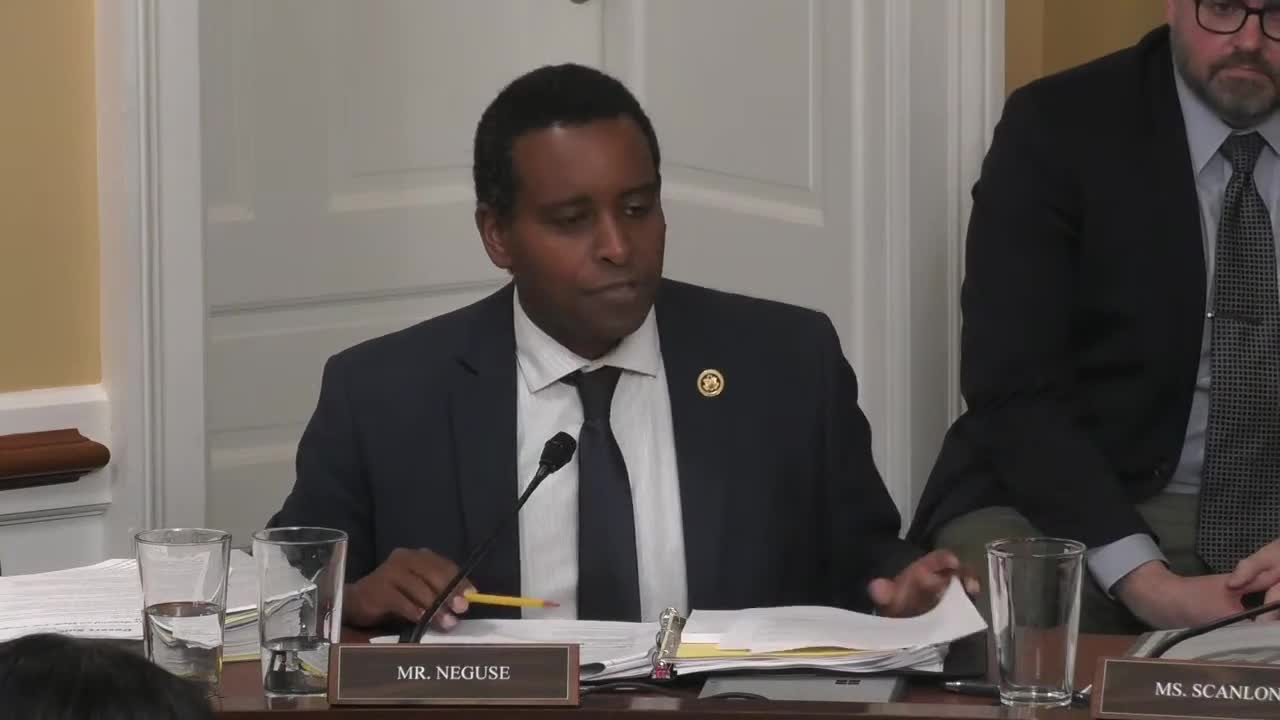
This article was created by AI using a video recording of the meeting. It summarizes the key points discussed, but for full details and context, please refer to the video of the full meeting. Link to Full Meeting
One of the central topics was the classification of digital assets. A representative emphasized the distinction between meme coins, which are often viewed as highly volatile and lacking intrinsic value, and more stable digital assets like dollar-backed stablecoins. The discussion pointed out that while the Securities and Exchange Commission (SEC) has classified certain digital assets, the proposed legislation aims to provide a clearer regulatory framework for these assets, particularly focusing on consumer protection and anti-fraud measures.
The conversation also touched on the controversial topic of central bank digital currencies (CBDCs). Some lawmakers expressed skepticism about the necessity of a CBDC in the current economic landscape, advocating instead for a system where the private sector plays a significant role in digital payments. This perspective reflects a broader debate about the balance between government oversight and market innovation in the rapidly changing financial technology sector.
A particularly contentious point arose regarding the ability of government officials, including the President and Vice President, to issue payment stablecoins. While the proposed legislation prohibits members of Congress and senior executive officials from doing so, it was noted that the President and Vice President are not included in this restriction. This omission sparked debate about ethics and the potential for conflicts of interest, especially given the financial stakes involved in the stablecoin market.
As the hearing progressed, lawmakers acknowledged the need for a robust regulatory framework to ensure transparency and accountability in the digital asset space. The proposed bills aim to establish clear guidelines for issuers and exchanges, ensuring that consumer interests are safeguarded while fostering innovation in financial technology.
The discussions at this hearing underscore the ongoing evolution of digital finance and the challenges lawmakers face in creating effective regulations. As the landscape continues to shift, the implications of these legislative efforts will be closely watched by both the financial industry and the public. The outcome of these discussions could shape the future of digital assets in the United States, balancing the need for innovation with the imperative of consumer protection.
Converted from Rules Committee Hearing H.R. 1919, 3633, 4016, and S. 1582 meeting on July 15, 2025
Link to Full Meeting
Comments
View full meeting
This article is based on a recent meeting—watch the full video and explore the complete transcript for deeper insights into the discussion.
View full meeting